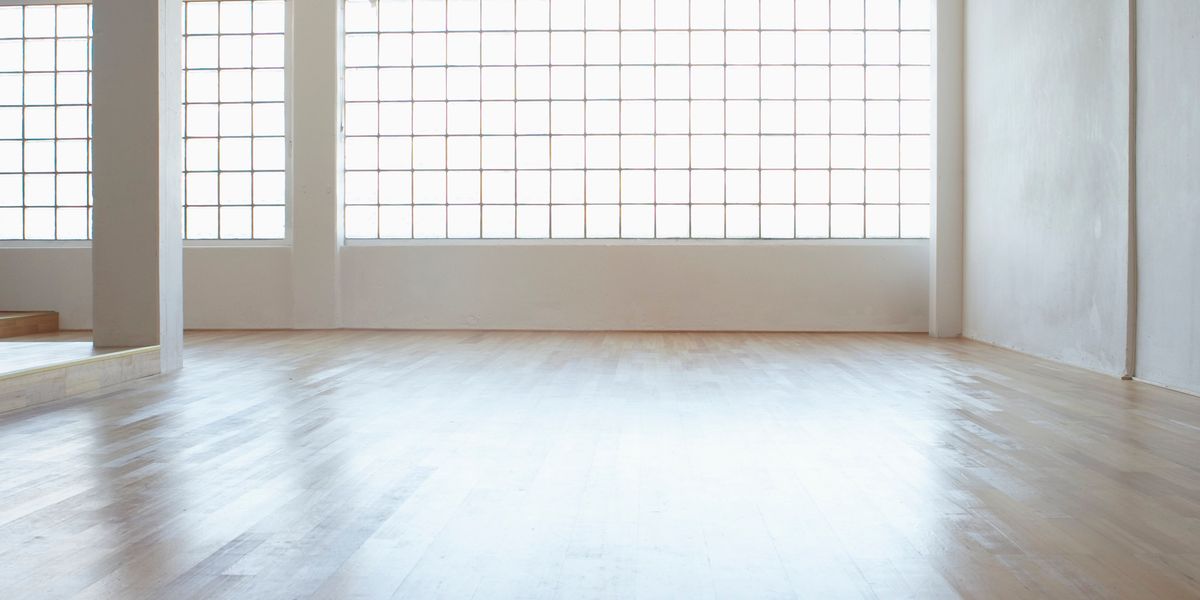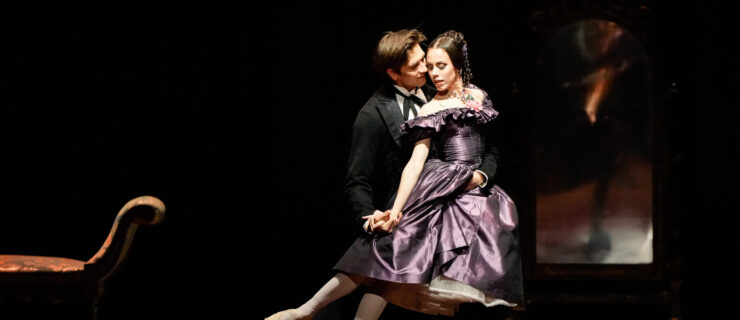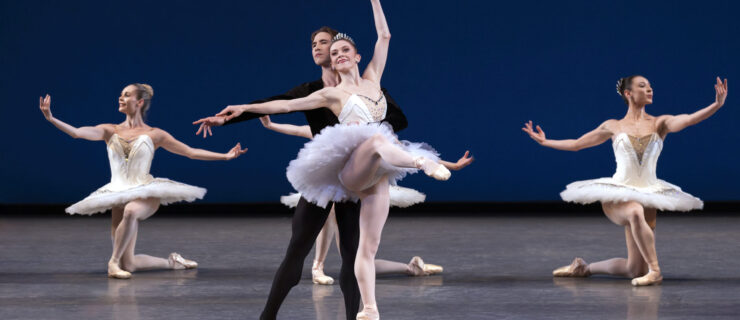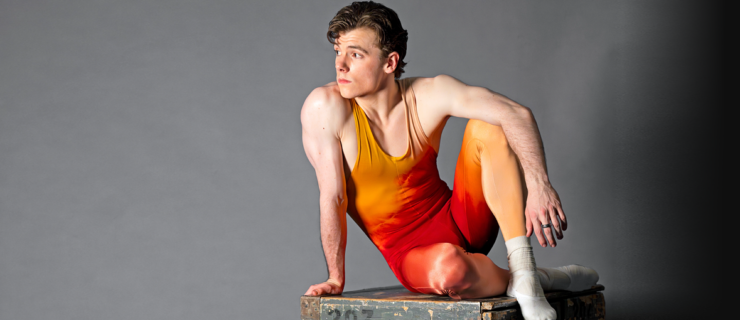How to Stay Safe When You Return to the Studio
As state governments begin to ease shelter-at-home restrictions and studios slowly start to reopen their doors, dancers likely are experiencing a mix of emotions: There’s excitement about returning to your artistic home and reuniting with your fellow dancers, but also nerves and anxiety about the potential safety risks.
In preparation for the gradual reopening of dance spaces, Dance/USA’s Task Force on Dancer Health has released a detailed informational paper, “Return to Dancing and Training Considerations Due to COVID-19,” authored by Heather Southwick, PT, MSPT, Selina Shah, MD, FACP, FAMSSM, and Kathleen Bower, PT, DPT, and a companion set of FAQs, written by the same group, along with Kathleen Davenport, MD. Though both resources offer guidance for studio owners and companies, there are also several helpful tips for individual dancers.
Don’t rush back.
If you’ve been living in a different city during the shutdown, allow for 14 days of quarantining in isolation after traveling back before you step foot in the studio.
If you have allergies…
Though the symptoms of seasonal allergies don’t necessarily overlap with those of COVID-19, there is a concern with allergy sufferers being in the studio: Since the virus is spread in the droplets from mucous, you may be asymptomatic and could infect someone else via your sneeze.
If your allergy symptoms aren’t under control, speak with your doctor or allergist about treatment options before returning to dance.
Avoid socializing pre- or post-class.
As much as you’ll want to catch up with friends that you’ve missed, avoid hanging around the studio or lounge areas. If another group is using the studio before you, wait outside the building or in your car until the room has been sanitized.
Be prepared for temperature and symptom checks.
Prior to entering the studio, a staff member may take your temperature via a no-touch thermometer. You should also be prepared to answer questions about how you’re feeling, if you’re experiencing any COVID-19–related symptoms or have been exposed to anyone who has tested positive.
If your temperature is above 100.4 degrees Fahrenheit, you should return home, watch for any symptoms and consult your doctor.
If you can, skip the dressing room.
Close quarters like dressing rooms—which likely don’t allow for much social distancing—should be avoided, if possible, to limit your proximity with other dancers. Consider arriving for class with your dancewear under your street clothes. Your facility may tape out individual areas for dancers to leave their belongings.
Maintain social distance—and then some.
At first, studios will likely limit the number of dancers at a time. Be prepared to take class or rehearse with smaller groups. If possible, keep 10 feet—instead of the usual 6—between yourself and other dancers. According to the Task Force’s paper, some research indicates that breathing during exercise can carry COVID-19 further than regular activity.
Bring multiple masks.
While it may be uncomfortable at first, you should wear a mask the entire time you’re in the studio. Dial down the intensity of your dancing if you’re feeling short of breath, lightheaded or dizzy, but know that your body will adjust to exercising with a mask over time.
If your mask becomes wet from sweat or heavy breathing, change it out for a clean, dry mask.
Wash your hands or use sanitizer frequently.
At this point, it goes without saying, but wash your hands or use hand sanitizer before and after spending time in the studio. If the studio is running short on sanitizer, bring your own. (Your studio should be sanitizing touch points, like doorknobs and barres, and floors between classes.)
Know that class will be different.
Hands-on corrections, partnering and floorwork are not recommended at this time. In early phases of reopening, the Task Force also recommends against especially dynamic sequences with large movements or combinations that travel across the floor, to minimize the movement of droplets throughout the room.
If you’re usually a tactile learner, you may need to ask for additional clarifications to auditory corrections. And while it may seem that the “fun” parts of class are forbidden for the time being, use this as an opportunity to zero in on and reconnect with your technique.





